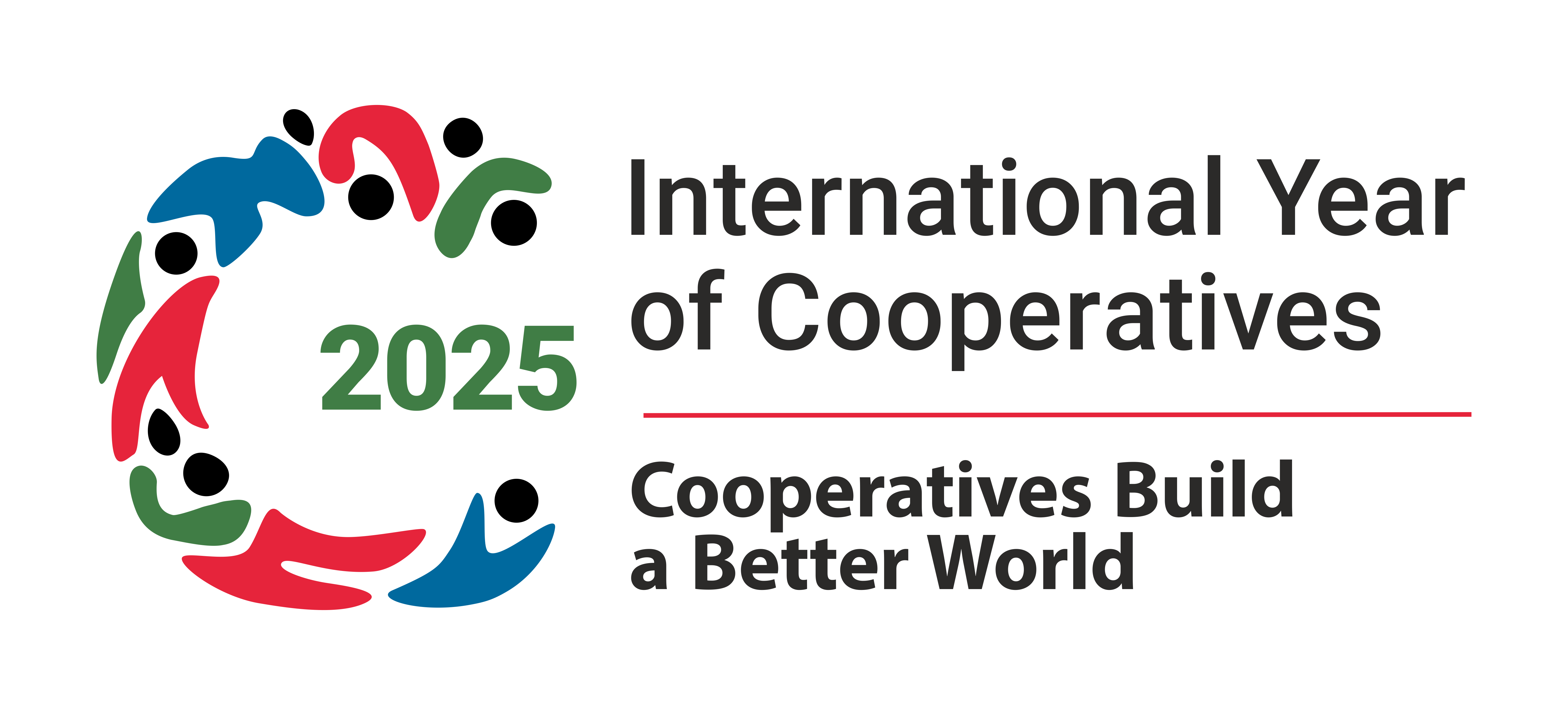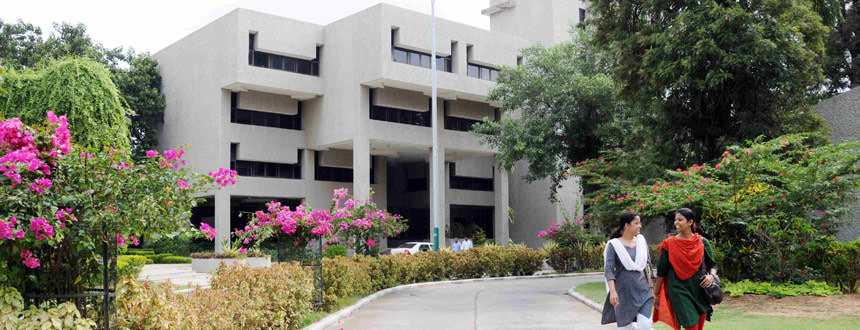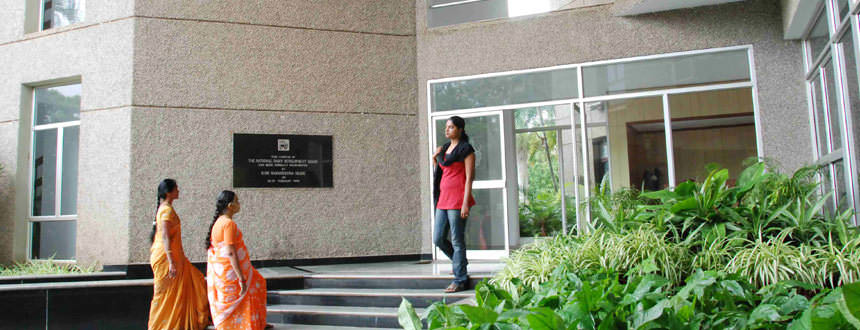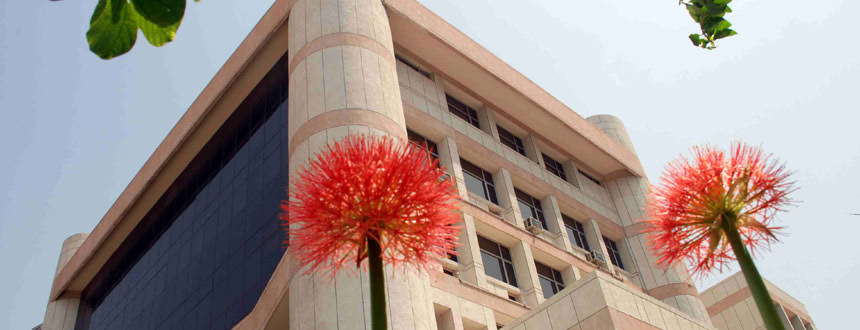Keynote Address by Shri Dilip Rath, Chairman NDDB at IDA’s 46th Dairy Industry Conference on February 8, 2018
8 February 2018 : Shri Adv. K Raju, Minister for Forests, Animal Husbandry and Zoos Government of Kerala, Dr GS Rajorhia, President Indian Dairy Association, Mr. CP Charles, Chairman, IDA South Zone, distinguished guests on the dais, delegates representing the Dairy Industry, ladies and gentlemen.
It is a pleasure to be amongst you today at the 46th Dairy Industry Conference being held at Kochi. I compliment the Indian Dairy Association for organising these annual dairy industry conferences which bring together all stakeholders of our dairy sector on a common platform and show case the achievements, strengths and opportunities of our dairy industry.
I must also commend IDA for the choice of the theme for this year’s conference, namely “Dairying: Sufficiency to Efficiency”. If we have to make our dairy industry globally competitive and continue to maintain our self-sufficiency in milk on a sustainable basis, focus needs to be on improving quality and efficiencies at all levels across the entire dairy value chain.
Achieving self-sufficiency
There was a time when our country used to rely heavily on imports for meeting its demand for milk. Thanks to the collective efforts of millions of landless, small & marginal dairy farmers and the milk producer institutions which represents them, we could not only become self-sufficient in milk production but also the world’s leading milk producer. Today, India is contributing about 20.2% to the world milk production and we are growing at an annual rate of about 5% consistently over the last decade.
Various programmes like Operation Flood (OF), the world’s largest dairy development programme, planned and implemented by NDDB between 1970 and 1996 and now the National Dairy Plan currently being implemented by Dairy Board unleashed the dairy potential of our country and transformed the dairy industry. Milk production, which had remained stagnant at 22 million tonnes in the sixties and seventies has increased to about 165.4 million MT in 2016-17. The daily per capita milk availability has also increased from 112 grams in 1973-74 to 352 grams in 2016-17.
Role of dairying in India
In India, dairying is an important economic activity which contributes to about 67% of the value of output of livestock sector. Milk producing households are predominantly small farmers with less than 2 ha of land and 1 to 2 milking animals. Dairying in India is more about livelihoods for millions of small holders than simply a business. Income from dairying contributes to about 25% of the income of small and marginal farmers. Dairy Development is therefore a very important developmental intervention in rural India for achieving agricultural growth with equity.
Dairying will undoubtedly play an important role in achieving the target set by Honourable Prime Minister for doubling farmer income by 2021-22, Government of India has recently unveiled a seven point strategy to achieve this which includes i) increasing productivity ii) effective use of inputs iii) reduction of post-harvest losses iv) value addition v) reforms in marketing vi) reduction in risks, and vii) promotion of allied activities such as dairy, beekeeping etc.
Many of these issues are already being addressed under various on-going programmes such as National Dairy Plan – Phase I (NDP I) and Dairy Processing and Infrastructure Development Fund (DIDF) that are being implemented by Dairy Board.
By 2050, India would become the world’s most populous country – about 1.7 billion consisting of 600 million in the middle income class. Currently, our per capita consumption of milk is about 350 gms per day, which is lower than the per capita consumption in developed countries, 814 gms in USA, 562 in Canada, 602 EU etc. Growth in population and consumption would continue to stimulate demand for milk and milk products in our country in the years to come.
Given our limited resources, environmental constraints and a huge animal population with low productivity, the only way we can continue to maintain our self-sufficiency in milk is by bringing about efficiencies at all levels in the dairy value chain. Therefore it would be more appropriate to use the phrase – “Sufficiency through Efficiency” rather than “Sufficiency to Efficiency” as the theme of this year’s conference.
Important areas for improving efficiency in dairy sector would cover production, processing, operational and allocative efficiencies, benchmarking with global standards, identifying the factors responsible for inefficiencies and taking up measures to address them.
Few of the segments of our Dairy Sector which require focused interventions include, improvements in animal productivity through interventions in breeding, nutrition and animal health, market access to milk producers, food safety and quality, governance and management of producer owned institutions, adaptation to climate change and market volatility.
Animal Breeding
Even though we are the world’s largest milk producer, the average productivity of about 4.90 Kg per day for 2016-17 is much lower than the productivity levels of in-milk animals in dairy developed countries.
To bring about productivity enhancement through genetic improvement of our animals from one generation to the other, it is necessary to strengthen the bull selection and frozen semen production infrastructure for different breeds with full bio-security, especially for the indigenous dairy breeds and continue the scientific selection process which has been recently introduced in the breeding tracts of the identified breeds for the first time under NDP I.
States have to introduce enabling and comprehensive regulatory frameworks to cover all breeding activities with quality assurance and ensure that an effective doorstep AI delivery infrastructure is in place to offer efficient services to farmers.
At the same time, if we have to fast track the genetic improvement and productivity of our indigenous dairy breeds, we have to introduce Advanced Breeding Technologies, such as use of Sexed Semen to produce only female calves with proven pedigrees, propagation of superior germplasm through IVF and Embryo Transfer. Only through this way, our farmers will gradually convert their exotic and crossbred herds to indigenous cows and buffaloes without drop in milk yield and incomes.
Animal Nutrition
It is well known that the genetic potential of milch animals can find optimum expression through commensurate milk yield only when they are fed the optimum and balanced ration. There is a misconceived perception that in our country feed and fodder availability will be a limiting factor in restricting milk production growth. However, contrary to this belief, there is a huge opportunity to optimize feeding and nutrition for small holder dairy farmers. In our country, animal feed requirement could be met from domestically grown feed resources not commonly used or suitable for human consumption. Our crop-residue based animal nutrition system offers huge opportunity to tap the agricultural by products and crop residues which will be increasingly available from the growing agriculture and horticulture sector, as well as potential use of novel feed resources using appropriate technologies such as promotion of crops like Moringa, non-toxic Jatropha kernel meals, detoxified Castor meals, use of huge quantity of untapped fruit and vegetable waste, use of huge quantity of straws presently being burnt by securing, enriching, densifying and pelletising them for easier transport, thornless cactus, even using insect meal and sea weed as feed etc.
To put in place a reliable quality assurance system and efficient use of feed, it is necessary to have a comprehensive feed regulatory certification mechanism which is unfortunately absent in our country. We in NDDB are currently working on a voluntary feed regulatory and certification mechanism to ensure quality of feed and efficiency in the animal nutrition system which we hope to launch soon.
Animal Health
Prevalence of infectious animal diseases like FMD in our country, despite huge public funding of the national FMD Control programme over the last several years is not only causing significant economic losses in terms of milk yield and mortality, but is also limiting the export opportunities of dairy commodities.
Indiscriminate use of antibiotics to treat animal diseases are contributing to development of anti-microbial resistance (AMR) which will pose a huge human health threat to our population. Dairy Board has developed an alternative system of ethno-veterinary medication using medical plants, herbs and spices and traditional knowledge to treat a number of common animal diseases, including mastitis. Some of these animal diseases, viz., brucellosis, bovine tuberculosis, rabies etc. are of zoonotic importance and are being transmitted from animals to humans, posing a significant challenge. It is necessary to introduce programmes with public funding to control and eradicate these diseases within a stipulated time frame.
Veterinary services in our country need to be much more efficient and responsive and accountable to the real stakeholders in dairying, viz., the milk producers themselves and their organizations if we have to reach anywhere near our goal to control and eradicate animal disease in the foreseeable future.
It will be necessary for all stakeholders implementing Productivity Enhancement programmes to use the robust ICT based MIS, namely, INAPH developed by NDDB to not only capture and validate all relevant data of all genetic improvement, AI, nutrition and animal health transactions on animals on near real time basis but also objectively track and measures the gains. The national data base which will be created through this system (currently there are about 10 million animals already registered in the system) will ensure Animal Identification and Traceability in the lines of “Aadhaar”– a means to make our productivity enhancement and milk collection systems transparent and efficient.
Increasing market access
India’s milk producers estimated at more than 70 million are dispersed widely across the country. However providing market access through transparent milk procurement systems at village level, efficiently, requires minimum quantity per collection point, for setting up viable milk collection operations and logistics. Of the nearly 6,00,000 villages in our country, there are only about 3,20,000 villages which have some minimum potential for setting up a milk collection network out of which organized sector, including cooperatives have covered about 1,75,000. Covering more villages poses a big challenge to milk producer institutions when the volumes per collection point are relatively lower and many areas lack basic physical infrastructure like all weather roads and electricity, apart from the weaknesses of many institutions themselves, particularly in the marketing area.
At the same time, we have seen that simply providing market access even in low potential villages by itself gives a fillip to milk production and surplus. This would justify expansion of village level procurement infrastructure with an element of subsidy in the initial stages. Therefore, enhancing farmers’ incomes through dairy development in backward areas require an element of grant in the initial phases together with public funding to improve rural infrastructure.
Food safety and quality
In view of the necessity to comply with stringent food standards and growing consumer awareness in respect to quality and safety, dairy industry has to continuously work towards improving quality in the entire dairy value chain – from the farm level to retail point. Considering that majority of our milk producers are smallholders with one to two animals, the way forward for ensuring the quality starts with hygienic milking of animals and milk procurement. Presently, only about 60% of the total quantity of milk procured by cooperative sector is covered under cold chain and less than 50% of the milk collection centres use milk testing facilities. States need to provide financial support to dairy industry to strengthen infrastructure for village level cooling and testing facilities which would help in addressing these issues. Dairies should also introduce an element of premium / penalty linked to quality of milk as part of their pricing policy to encourage milk producers to improve the quality of milk.
On the dairy processing front, many of the dairy plants in India have outlived their “efficiency life” and need to be modernized to make them more energy efficient and reduce milk solids losses. While moving forward, dairies should introduce a system for quick detection of adulterants, antibiotics and pesticides residues in milk and traceability thereof by moving towards an Animal Identification system using the ICT based MIS, viz., INAPH.
Another important factor for bringing in efficiencies in the dairy sector would be to improve the efficiency of the human resources in the dairy industry. This would require upgradation of the skill sets of the human resources through training and capacity building programmes. Dairy Industry can perhaps think of establishing a national level training institutions which can provide training and skill upgradation on all technical and practical aspects of dairying covering input services, procurement, processing and marketing. IDA may perhaps take the leadership with cooperation of dairy industry to create a national level facility to cater to the human resource requirement of the industry.
Regional variations
The development of dairy sector has not been equitable across regions and there have been disparities in production, productivity, infrastructure, branding etc. For example, eastern region of India including states like West Bengal, Odisha, Bihar, Jharkhand and Chhattisgarh account for about 25% of the country’s human population and 20% of the in milk animals but they contribute to only about 12% of milk production. Even there are wide intra State variations in some so called dairy developed States. Dairying can become an effective tool in improving the incomes of farmers in these states and sustaining their livelihoods. It has been demonstrated in Jharkhand, North-West Bihar and Vidarbha-Marathwada where NDDB has started milk procurement operations that with right kind of policy support creation of a transparent village based milk procurement system and ensure market linkages, it is possible to boost farmers income which can stimulate milk production.
Governance and management of farmer organizations
Historically dairy cooperatives as farmer owned and controlled institutions have been pioneers in ushering in the white revolution in our country and have laid a strong foundation of our dairy sector since Operation Flood. However, with changing external and internal environments, many of the dairy cooperatives are facing huge challenges, suffering from poor governance, limited autonomy, inadequate professionalism and weak financial strength, which have affected their growth and financial viability.
Reforms in State cooperative legislations to align them with the 97th Amendment of the Constitution of India would help address many of the issues relating to governance of dairy cooperatives. States have to understand that by allowing the cooperative to function as truly autonomous business enterprises, it is possible to achieve growth in their milk business which will ultimately benefit the farmers and contribute to alleviating agrarian distress in many parts of the country.
Climate change
Climate change has been posing several new challenges in agriculture and is negatively impacting milk production. Going forward, exotic dairy breeds will be more and more susceptible to the ill effects of climate change and indigenous dairy breeds which are more climate resilient in terms of disease resistance and heat tolerance need to be promoted. At the same time, an efficient and climate resilient feeding system needs to be promoted which will make the growth of dairy industry more sustainable in the long run.
Product and Marketing Mix and Volatility of markets
Our dairy industry is still at a nascent stage in terms of production and marketing of specialized, value added products. This segment of the market, as per industry estimates is growing at a healthy rate of over 15% per annum and is likely to grow even faster in future. Most of the dairy units operating in India do not have the desired product portfolio and product mix catering to the present and future demand of milk and milk products. It therefore offers huge opportunity for our dairy industry for diversification.
In a liberalized environment, market forces will increasingly play an important role in the dairy sector where even small demand – supply gaps in milk would cause spikes or dip in prices with the consequential impact of affecting the financial viability of the dairies with serious adverse impact on the milk producers. In surplus years such as this year, when the market is unusually subdued, processors would restrict milk procurement and cut prices. In such an event, substantial volumes of milk would get diverted to the cooperatives which have some sort of a social obligation to support milk producers by procuring whatever quantity is offered thus adversely impacting their financial viability.
To tide over such situations which would arise once in every 4 to 5 years, producers organization and dairy cooperatives can think of creating and building a corpus fund to manage risks by setting aside a small portion of the surplus in good years which they can use in bad years to manage their inventories without resorting to cuts in producer prices or imposing restrictions on procurement. With an annual turnover of about Rs. 60,000 crores producer owned institutions including cooperatives surely have the combined strength to build a corpus by setting aside a small amount of 1% of the revenue which would amount to Rs. 600 crore per annum. This amount will be the value of 40,000 MT of SMP. The cooperatives / producer owned institutions can get together and introduce this system to take care of their problem in bad years instead of looking for external aid. Central government can consider to provide income tax exemption to this corpus and states may also contribute a token amount to encourage cooperatives to create such a corpus. This is one way in which price stabilization can be achieved and our dairy farmers can be insulated from the uncertainties of market volatility.
Concluding remarks
Given the growing market for milk and milk products on the one hand, and the untapped potential in the dairy sector in our country on the other, dairying offers a great opportunity to increase employment, incomes and livelihoods in rural areas. As a large portion of our rural population is young, we need to propagate modern dairying and livestock management practices which are technology driven and are efficient.
While embarking on the journey from “Sufficiency to Efficiency” or rather “Sufficiency through Efficiency” we need to work together to achieve various aspects of efficiencies in the Dairy Sector, such as:
- Production efficiencies by provision of high quality genetic germplasm to milk producers and suited genetic material to milk producers;
- Operational efficiencies by delivering the products or services to producers as well as customers in the most cost-effective manner and also ensuring that high quality of products and services are delivered;
- Processing efficiencies by ensuring that we have state of the art plant and machineries, qualified and trained manpower, facilitating ICT systems etc. and all the processes are carried out efficiently; and
- Technical efficiencies in terms of Research and Development in the sector so that larger and high quality outputs are achieved with same inputs. Here our focus need to be on the research which are in convergence with the need of the industry and are implementation ready
In the coming years, it will be possible to maintain our self-sufficiency in milk only through “efficiency” and when all stakeholders, including milk produces, processors, producer institutions, supporting institutions, service providers and dairy professionals work together to improve efficiencies at all levels of operations to make our dairying competitive, as well as socially, economically and environmentally sustainable.
The recent announcement of Government of India in this year’s Union Budget for the dairy sector such as introduction of Animal Husbandry Infrastructure Development Fund (AHIDF ) along with the existing “Dairy processing and infrastructure development fund (DIDF), higher allocation for the dairy sector by about 36%, extension of the Kisan Credit Card for dairy farmers, income tax relief for Farmer Producer Organizations and other new initiatives like Galvanizing Organic Bio-Agro Resources Dhan (GOBAR-DHAN) for management and conversion of cattle dung and solid waste in farms to compost, biofertilizer, bio-gas, bio CNG and facilitating purchase of surplus solar power produced by farmers will go a long way in spurring growth in the dairy sector and help enhance farmers’ income and welfare.
Thank you.






